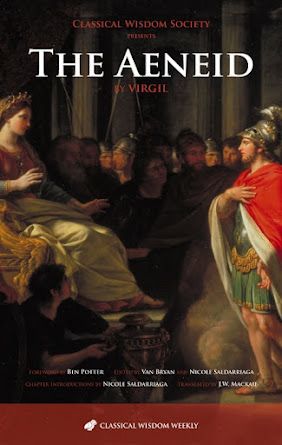MY LAST FAREWELL - By Dr. Jose Rizal

A. Examine and Analyze character motivations in the story/novel. "My Last Farewell" is a poem written by Dr. Jose Rizal, a Filipino nationalist, during his imprisonment before his execution in 1896. In the poem, Rizal expresses his deep patriotism and love for his country, the Philippines. The character motivation in this poem is rooted in Rizal's desire for his fellow Filipinos to continue the fight for freedom and independence even after his death. His imminent execution serves as a catalyst for him to convey a powerful message of hope, resilience, and sacrifice. The poem reflects Rizal's unwavering commitment to his homeland, motivating others to stand up against oppression. Rizal's words are not only a farewell but a call to action, urging his compatriots to remember the sacrifices made and to persevere in the struggle for national sovereignty. The motivation behind Rizal's poignant verses lies in his fervent hope that his death will inspire a renewed sen...





